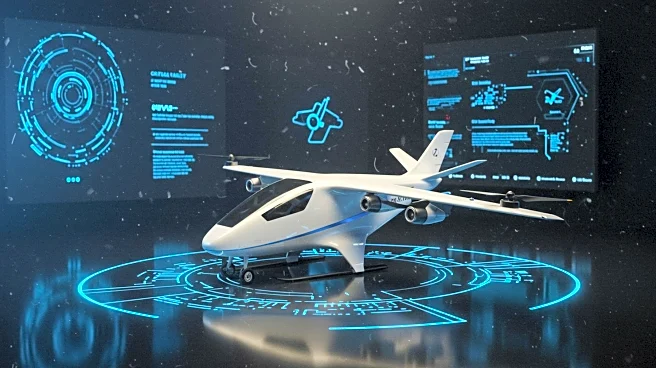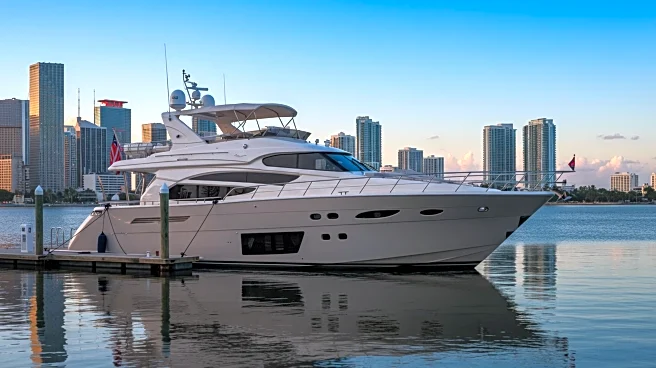What is the story about?
What's Happening?
The Ambitious Air Mobility Group (AAMG), a Dutch-registered company, is attempting to revive the development of Lilium's electric vertical take-off and landing (eVTOL) aircraft. AAMG plans to acquire Lilium's core intellectual property, facilities, and test assets, backed by €250 million in committed capital. However, administrators overseeing Lilium's insolvency have yet to receive key documentation from AAMG, including a requested bank guarantee. AAMG has signed a rental agreement for facilities at Lilium's Oberpfaffenhofen airport base in Germany and is negotiating with Pluta, the financial firm handling Lilium's insolvency, to finalize transaction terms.
Why It's Important?
The revival of Lilium's eVTOL program by AAMG could have significant implications for the advanced air mobility sector. If successful, it could lead to the development of innovative transportation solutions, potentially reducing urban congestion and offering new mobility options. However, the financial and technical challenges faced by AAMG highlight the difficulties in bringing such advanced technologies to market. The outcome of this effort could influence investor confidence and future investments in the eVTOL industry.
What's Next?
AAMG aims to secure Lilium's assets and intellectual property, with plans to retain and rehire key technical and certification teams. However, many former Lilium employees have moved to competitors or returned to their home countries, posing a challenge to AAMG's plans. The company must overcome technical hurdles related to the Lilium Jet's design, which has been criticized for its power-hungry propulsion system and limited payload capacity. The success of AAMG's efforts will depend on its ability to address these challenges and secure necessary documentation from administrators.
Beyond the Headlines
The technical challenges faced by AAMG in reviving Lilium's eVTOL program underscore the complexities of developing advanced air mobility solutions. The Lilium Jet's design, which prioritizes cruise efficiency, results in high power demands during vertical take-offs and landings. This has led to criticisms of the aircraft as a 'flying battery,' with limitations on payload and performance. The situation highlights the importance of thorough testing and prototyping in the development of new aviation technologies.
AI Generated Content
Do you find this article useful?












